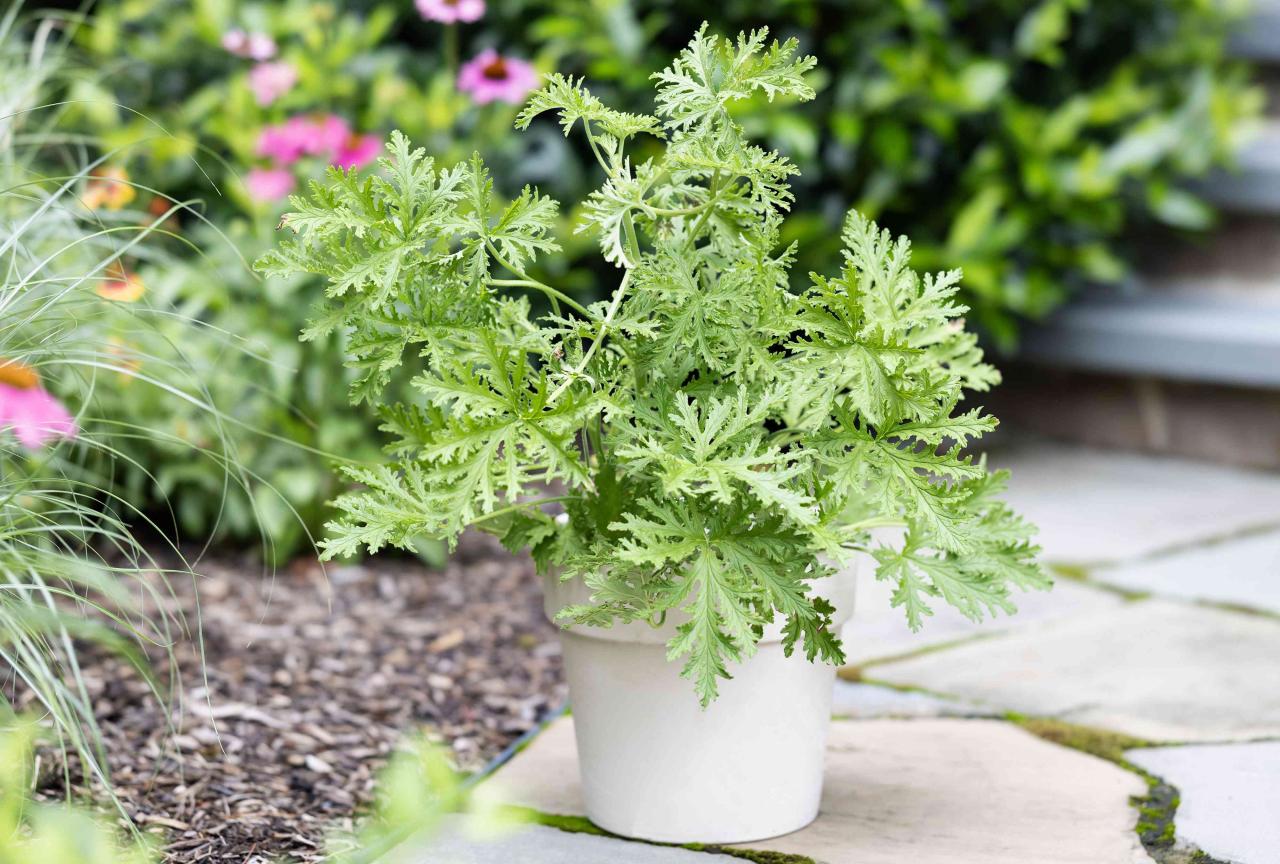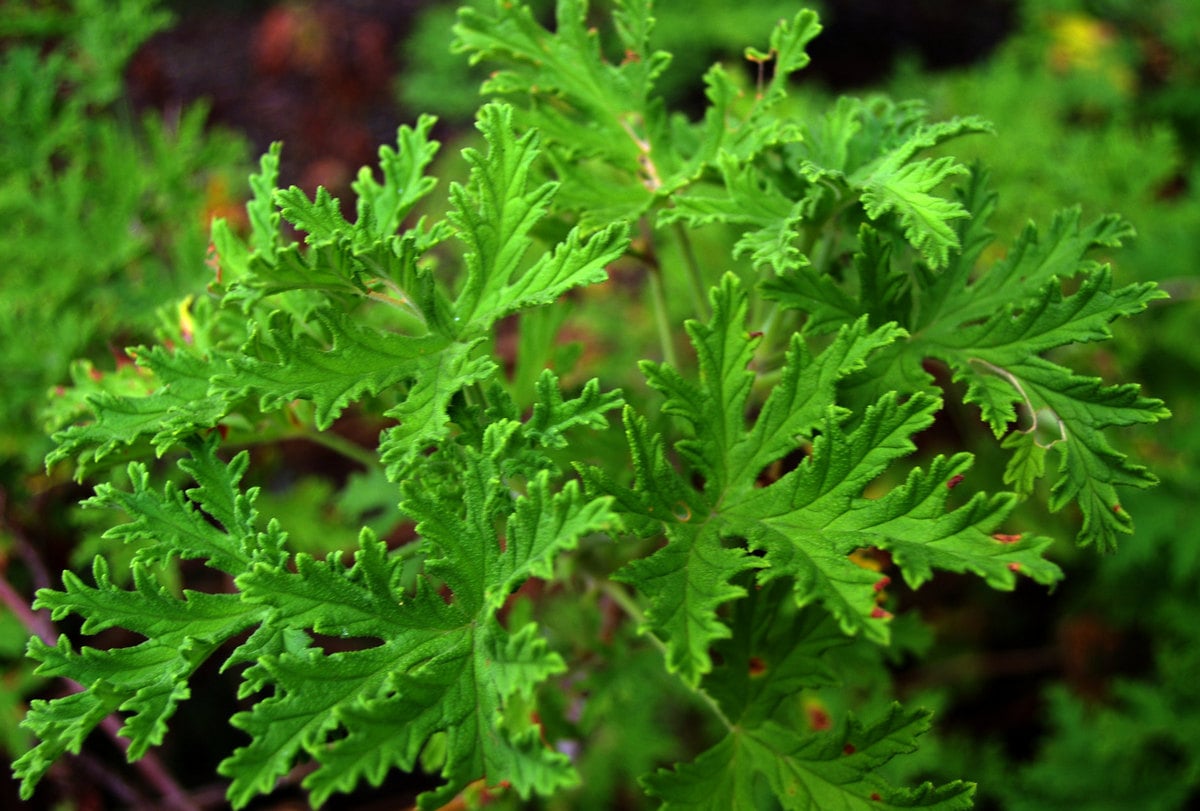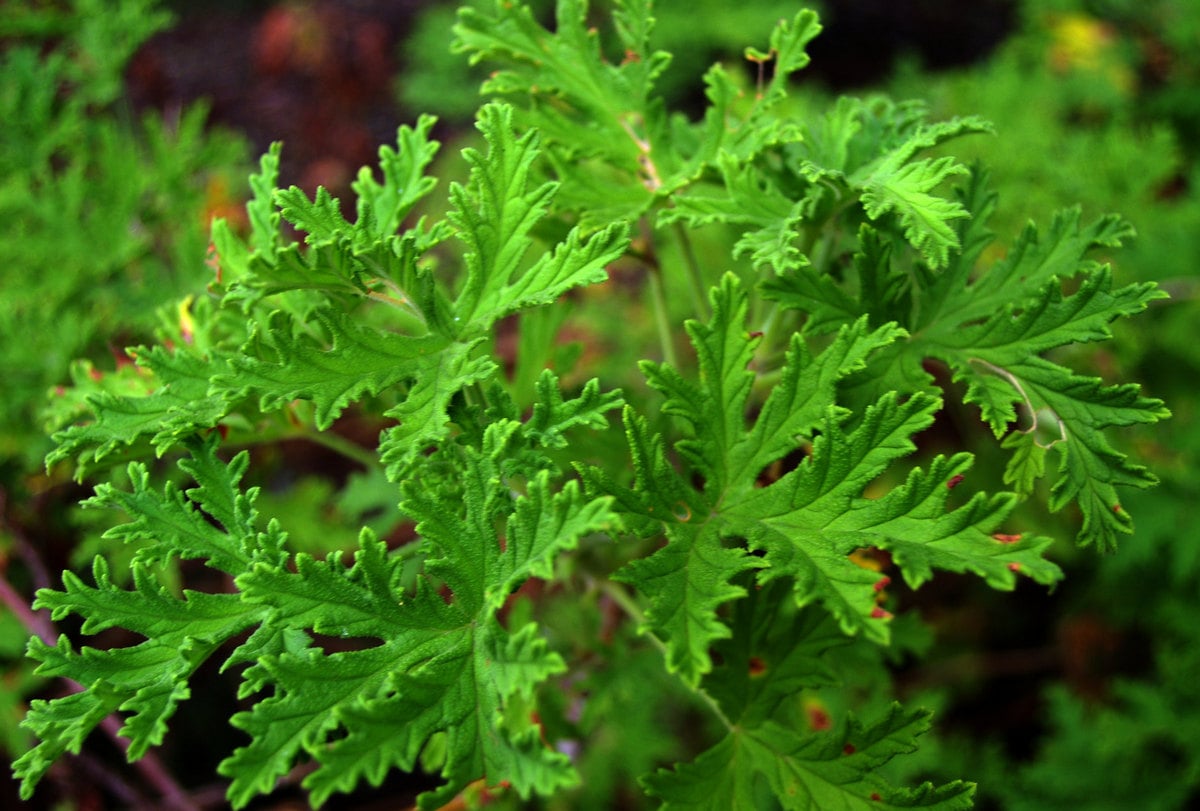How to Grow Citronella Plant for Maximum Pest Control: Expert Advice, this guide provides a comprehensive approach to harnessing the natural pest-repelling power of citronella plants. From understanding the plant’s origins and properties to mastering cultivation techniques and maximizing oil extraction, this article equips you with the knowledge and skills to effectively utilize citronella for a more pest-free environment.
Citronella, renowned for its distinctive lemony scent, has long been a natural solution for deterring pesky insects. The plant’s essential oil, extracted from its leaves and stems, contains compounds that effectively repel mosquitoes, flies, and other common pests. This guide explores the diverse aspects of citronella cultivation, from planting and growing to harvesting and utilizing the plant for maximum pest control.
Introduction to Citronella Plant

Citronella plants, known for their distinct lemony scent, are a natural solution for deterring pesky insects. These versatile plants have a long history and are renowned for their ability to repel mosquitoes and other unwanted pests.The unique properties of citronella oil, extracted from the leaves of these plants, are responsible for their pest-repelling capabilities.
Citronella oil contains compounds like citronellal and geraniol, which act as natural insect repellents. These compounds disrupt the olfactory senses of insects, making it difficult for them to locate their hosts.
Types of Citronella Plants
Citronella plants are broadly classified into two main types:
- Cymbopogon nardus (Ceylon citronella):This species is native to Sri Lanka and is the primary source of citronella oil used in commercial products. It features tall, slender stems with long, narrow leaves and is commonly cultivated for its essential oil.
- Cymbopogon winterianus (Java citronella):Originating from Indonesia, this type is also known for its high citronella oil content. It has broader leaves and a more robust growth habit compared to Ceylon citronella.
While both types are effective in repelling insects, Ceylon citronella is typically preferred for its higher concentration of citronella oil.
Planting and Growing Citronella
Citronella plants thrive in warm, sunny environments, making them ideal for many gardens. By understanding their preferred growing conditions, you can cultivate a healthy and vigorous citronella plant that effectively repels pests.
Planting Citronella
To establish a citronella plant, you can choose between planting seeds or seedlings. Both methods offer advantages and disadvantages, and the best choice depends on your specific needs and preferences.
Planting Citronella Seeds
- Choose a suitable time:Spring is the ideal time to plant citronella seeds outdoors. As the weather warms up, the seeds germinate more readily and the plants have ample time to establish themselves before the colder months.
- Prepare the soil:Citronella plants prefer well-drained soil with a slightly acidic pH of 6.0 to 6.5. Before planting, amend the soil with compost or aged manure to improve drainage and fertility.
- Sow the seeds:Sow the seeds directly into the soil, spacing them about 12 inches apart. Cover the seeds with a thin layer of soil, approximately ¼ inch deep.
- Water regularly:Keep the soil consistently moist but not waterlogged. Water deeply and less frequently to encourage deep root development.
- Provide adequate sunlight:Citronella plants require at least six hours of direct sunlight daily. Choose a planting location that receives full sun exposure.
Planting Citronella Seedlings
- Select healthy seedlings:Choose seedlings that are vigorous and free from pests or diseases. Look for plants with healthy, green foliage and strong root systems.
- Prepare the planting site:Dig a hole that is slightly larger than the seedling’s root ball. Amend the soil with compost or aged manure to improve drainage and fertility.
- Plant the seedlings:Gently remove the seedling from its container and loosen the roots if they are circling. Place the seedling in the hole, ensuring that the top of the root ball is level with the soil surface.
- Water thoroughly:Water the newly planted seedlings deeply to settle the soil around the roots.
- Provide adequate sunlight:Citronella plants require at least six hours of direct sunlight daily. Choose a planting location that receives full sun exposure.
Growing Citronella
After planting, consistent care is crucial for the healthy growth and pest-repelling capabilities of your citronella plant.
Watering
Citronella plants require regular watering, especially during hot, dry weather. The soil should be kept consistently moist but not waterlogged. Water deeply and less frequently to encourage deep root development.
Fertilizing
To promote vigorous growth, fertilize citronella plants every 4-6 weeks during the growing season. Use a balanced fertilizer, such as 10-10-10, or a fertilizer specifically formulated for citrus plants.
Mulching
Applying a layer of mulch around the base of the plant can help retain soil moisture, suppress weeds, and regulate soil temperature. Use organic mulch, such as wood chips or shredded bark.
Pruning
Citronella plants generally don’t require extensive pruning. However, you can prune back any dead or damaged stems to encourage new growth.
Pest Control
While citronella is known for its pest-repelling properties, it can still be susceptible to certain pests. Inspect the plants regularly for signs of infestation and take appropriate measures to control pests if necessary.
Maintaining Citronella for Maximum Pest Control
Proper maintenance of citronella plants is crucial for maximizing their pest-repelling potential. This involves creating an optimal environment for growth, encouraging oil production, and protecting the plants from threats.
Pruning Citronella for Optimal Growth and Oil Production
Regular pruning is essential for promoting bushier growth and maximizing oil production in citronella plants. This practice encourages new growth and increases the plant’s overall vitality.
- Pinch Back New Growth:Regularly pinch back the tips of new shoots to encourage branching and a denser, bushier growth habit. This technique promotes the development of more leaves, which are the primary source of citronella oil.
- Remove Dead or Damaged Growth:Regularly remove any dead, damaged, or diseased leaves and stems to prevent the spread of disease and promote healthy growth. This practice also helps to improve the plant’s overall appearance and aesthetic appeal.
- Prune After Flowering:After the citronella plant has finished flowering, prune back the flowering stalks to encourage new growth and prevent the plant from expending energy on seed production. This practice redirects the plant’s energy towards leaf production, ultimately increasing oil production.
Citronella plants are a natural deterrent for pesky insects, and understanding their growth habits is crucial for maximizing their pest control potential. While planting citronella, it’s also important to consider the health of your lawn, as a lush green expanse can attract beneficial insects that help control pests.
For optimal lawn health, you’ll want to choose the right time to plant grass seed, which can vary depending on your climate. Discover the Best Time to Plant Grass Seed: Tips for a Healthy and Beautiful Lawn can guide you in this process.
Once your lawn is thriving, you can focus on nurturing your citronella plants to ensure they are strong and effective at repelling insects.
Companion Planting for Enhanced Pest Control
Companion planting, the practice of growing different plants together for mutual benefit, can significantly enhance the pest-repelling properties of citronella.
- Marigolds:Marigolds are known for their strong scent and ability to repel nematodes and other soil-borne pests. Planting marigolds near citronella can create a synergistic effect, enhancing their combined pest-repelling power.
- Basil:Basil, like citronella, is a fragrant herb that repels insects. Planting basil near citronella can create a more potent deterrent for pests, making it an effective companion planting choice.
- Lavender:Lavender is known for its calming aroma and ability to repel mosquitoes, flies, and other insects. Planting lavender near citronella can create a multi-layered defense against pests, further enhancing the overall pest-repelling effect.
Protecting Citronella Plants from Pests and Diseases
While citronella is naturally pest-resistant, it can still be susceptible to certain pests and diseases.
- Aphids:These small, sap-sucking insects can damage citronella plants by weakening them and causing distorted growth. To prevent aphid infestations, regularly inspect your plants for signs of infestation, such as sticky residue or distorted leaves. If aphids are present, use a strong jet of water to dislodge them or introduce beneficial insects like ladybugs, which prey on aphids.
- Spider Mites:These tiny, spider-like creatures can cause damage to citronella plants by feeding on their leaves, resulting in yellowing and discoloration. To prevent spider mite infestations, maintain good air circulation around your plants and regularly inspect them for signs of infestation, such as fine webbing or yellowing leaves.
If spider mites are present, use a strong jet of water to dislodge them or introduce beneficial insects like predatory mites, which prey on spider mites.
- Root Rot:This fungal disease can occur in overly wet conditions, leading to root decay and eventual plant death. To prevent root rot, ensure your citronella plants are planted in well-draining soil and avoid overwatering. If signs of root rot are present, such as wilting leaves or a foul odor, it’s best to replant the citronella in fresh, well-draining soil.
Harvesting and Using Citronella for Pest Control: How To Grow Citronella Plant For Maximum Pest Control: Expert Advice
Once your citronella plants are established and thriving, you can begin harvesting them for their pest-repelling properties. The timing of harvesting is crucial for maximizing the oil content and potency of the plant material.
Harvesting Citronella for Maximum Oil Content
The optimal time to harvest citronella leaves and stems is during the peak of the plant’s growth cycle, typically in the late summer or early fall. This is when the plant’s essential oil content is at its highest.
- Choose a dry day:Harvest your citronella on a dry day to prevent mold and mildew growth.
- Cut the stems:Use sharp pruning shears or scissors to cut the stems about 6 inches above the ground. This will allow the plant to continue growing and producing new leaves.
- Remove the leaves:Once the stems are cut, you can remove the leaves by hand or by running them through a food processor.
Extracting Citronella Oil
There are several methods for extracting citronella oil from the harvested plant material. Two common methods include distillation and maceration.
While you’re busy deterring pesky insects with your flourishing citronella plants, don’t forget to add a touch of autumnal charm to your home! Check out this fantastic guide on Elevate Your Fall Decor with a Beautiful Autumn Leaf Garland – Here’s How! for some creative inspiration.
Once your citronella plants are thriving, you can enjoy the peace of mind they provide while simultaneously enjoying the cozy atmosphere of your beautifully decorated home.
- Distillation:This is a more complex method that involves heating the plant material with steam to extract the essential oils. Distillation is often used to produce high-quality, concentrated citronella oil.
- Maceration:This is a simpler method that involves soaking the plant material in a carrier oil, such as olive oil or almond oil, for several weeks. The oil will absorb the essential oils from the plant material, creating a citronella-infused oil.
Using Citronella for Pest Control
Citronella oil and plant material can be used in a variety of ways to repel mosquitoes, flies, and other common pests.
- Essential Oil Diffusers:Add a few drops of citronella oil to a diffuser and run it in your home or outdoor space.
- Candles and Incense:Citronella oil is often used in candles and incense to create a pleasant aroma while repelling insects.
- Homemade Sprays:Mix a few drops of citronella oil with water and a carrier oil, such as jojoba oil or witch hazel, in a spray bottle. Spray the mixture on your skin, clothing, or around your home.
- Plant Material:Place fresh or dried citronella leaves and stems in strategic locations around your home, such as near doorways, windows, and patios.
Examples of Citronella Pest Control Methods
Pest Type |
Citronella Application Method |
Effectiveness |
|---|---|---|
Mosquitoes |
Citronella candles, essential oil diffusers, homemade sprays |
Moderate to high |
Flies |
Citronella oil in fly traps, plant material near doorways |
Moderate |
Ticks |
Citronella oil in homemade sprays, plant material near walkways |
Moderate |
Ants |
Citronella oil mixed with water, plant material near ant trails |
Moderate |
Safety Considerations and Precautions
While citronella plants are generally safe, it’s crucial to be aware of potential risks and take necessary precautions when handling them. Citronella oil, extracted from the plant, can cause allergic reactions in some individuals, and improper handling or storage can lead to adverse effects.
Allergic Reactions and Skin Sensitivity
Citronella oil is a known allergen, and some people may experience allergic reactions upon contact with the plant or its oil. Symptoms can range from mild irritation, such as redness and itching, to more severe reactions, including rashes, hives, and even anaphylaxis in rare cases.
- Avoid direct contact with the plant:Wear gloves when handling the plant, especially when pruning or harvesting leaves.
- Test for sensitivity:Before using citronella oil topically, apply a small amount to a hidden area of your skin and wait 24 hours to check for any reaction.
- Wash hands thoroughly:Wash your hands with soap and water after handling the plant or using citronella oil.
- Keep citronella products away from eyes and mouth:Citronella oil can irritate the eyes and mucous membranes. Avoid contact with these areas.
Storage and Disposal of Citronella Oil and Plant Materials, How to Grow Citronella Plant for Maximum Pest Control: Expert Advice
Proper storage and disposal of citronella oil and plant materials are essential to prevent accidental ingestion or exposure.
- Store citronella oil in airtight containers:Citronella oil can evaporate and lose its potency if exposed to air. Store it in a cool, dark place.
- Dispose of citronella oil properly:Do not pour citronella oil down the drain, as it can harm aquatic life. Dispose of it in accordance with local regulations.
- Compost citronella plant materials:Composting citronella plant materials is a safe and environmentally friendly way to dispose of them.
Interactions with Medications and Substances
Citronella oil can interact with certain medications and substances.
- Consult your doctor:If you are taking any medications, especially blood thinners or medications that affect the liver, consult your doctor before using citronella oil.
- Avoid use during pregnancy and breastfeeding:There is limited research on the safety of citronella oil during pregnancy and breastfeeding. It is best to avoid using it during these periods.
Epilogue

Cultivating citronella for pest control is a rewarding and environmentally friendly approach to managing unwanted insects. By following the expert advice Artikeld in this guide, you can create a thriving citronella garden that not only repels pests but also adds a touch of natural beauty to your surroundings.
Remember, consistency in care and proper harvesting techniques are key to maximizing the pest-repelling power of your citronella plants. Embrace the natural world and experience the benefits of this versatile and effective pest control solution.
Frequently Asked Questions
Is citronella effective against all types of pests?
While citronella is effective against many common pests, it may not be as effective against all types of insects. For example, it may not deter certain species of beetles or moths.
Can I use citronella oil directly on my skin?
It’s best to dilute citronella oil with a carrier oil, such as coconut oil or almond oil, before applying it to your skin. Always test a small area first to check for any allergic reactions.
How long does citronella oil last?
The shelf life of citronella oil can vary depending on storage conditions. Properly stored citronella oil can last for several years.
Can I grow citronella indoors?
Citronella can be grown indoors in a pot, but it requires adequate sunlight and may need to be supplemented with artificial light.
